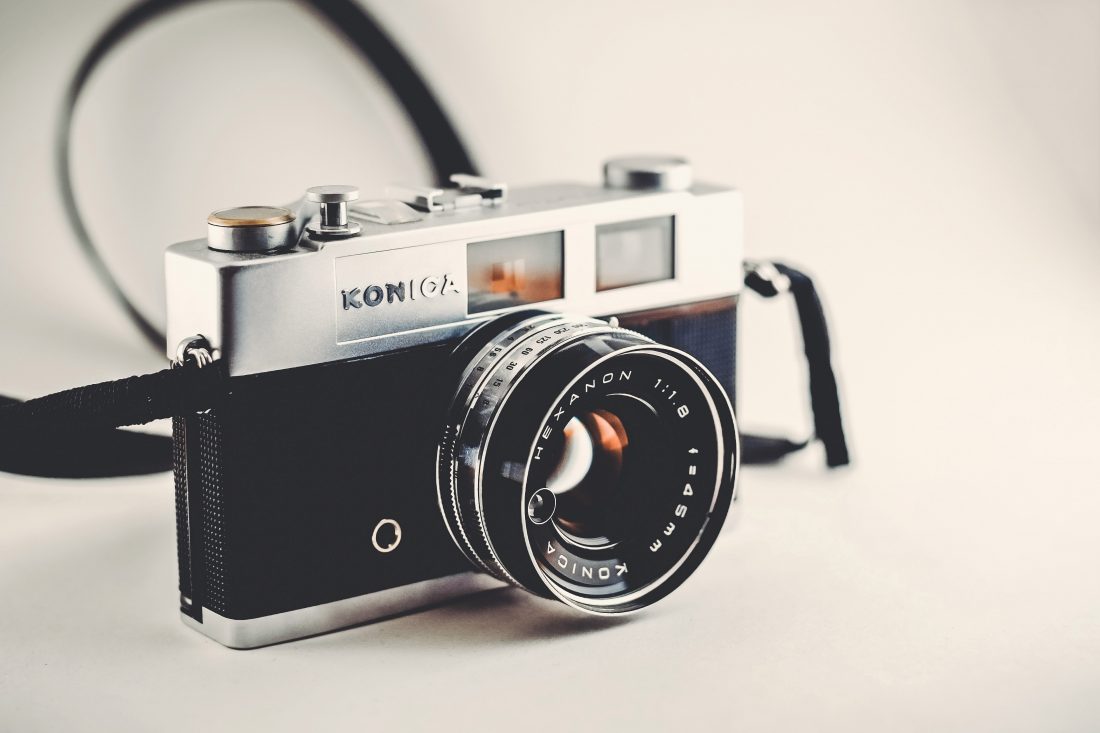
FujiFilm MX-2900Z Digital Camera: An Introduction
The FujiFilm MX-2900Z is a digital camera that was launched in the late 1990s. It was one of the early models of digital cameras that gained popularity and marked a significant shift from film cameras. The MX-2900Z was aimed at amateur photographers and offered them the convenience of digital photography.
Design and Features
The MX-2900Z had a compact and lightweight design, making it easy to carry around. It featured a 2.3-megapixel CCD sensor, which was considered impressive at that time. It had a built-in zoom lens with a 3x optical zoom range, allowing users to capture a variety of subjects.
One of the notable features of the MX-2900Z was its swiveling LCD screen. This feature allowed users to adjust the screen to various angles, making it easier to compose shots from different perspectives. Additionally, the camera had a range of shooting modes, including fully automatic, manual, and scene-specific modes, giving users the flexibility to experiment with their photography.
Image Quality and Performance
Although the MX-2900Z offered a relatively low resolution by today’s standards, it delivered impressive image quality for its time. The camera produced vibrant colors and sharp details in well-lit conditions. However, in low-light situations, the image quality suffered due to higher noise levels.
In terms of performance, the MX-2900Z was quick to power on and had a responsive autofocus system, ensuring that users could capture their desired shots without delay. The camera supported both JPEG and TIFF file formats, allowing users to choose their preferred image compression level.
Price and Availability
The FujiFilm MX-2900Z was released in 1999 with a price tag of around $600. While it may seem relatively expensive compared to today’s entry-level digital cameras, it was reasonably priced considering its advanced features and the novelty of digital photography at that time.
As technology progressed, the MX-2900Z was eventually discontinued, but it left a lasting impact on the photography industry. It paved the way for the development of more advanced digital cameras that we use today.
In conclusion, the FujiFilm MX-2900Z digital camera was an innovative and accessible option for photography enthusiasts in the late 1990s. It offered impressive image quality, a range of shooting modes, and a compact design. While it may not match the capabilities of modern digital cameras, it played a significant role in the digital photography revolution.
